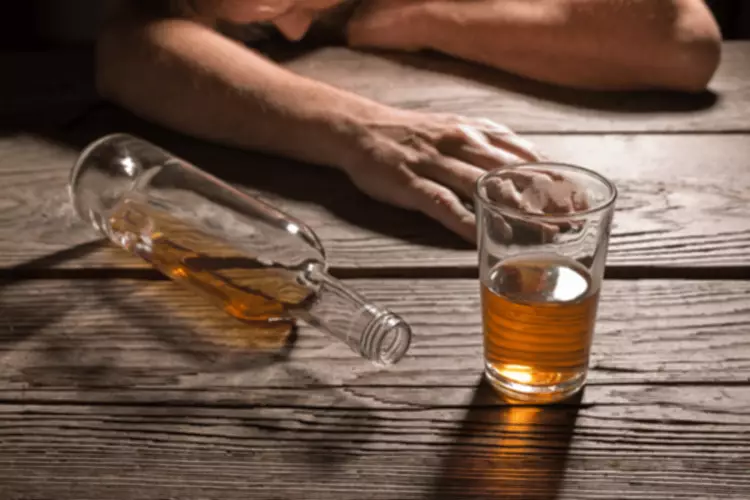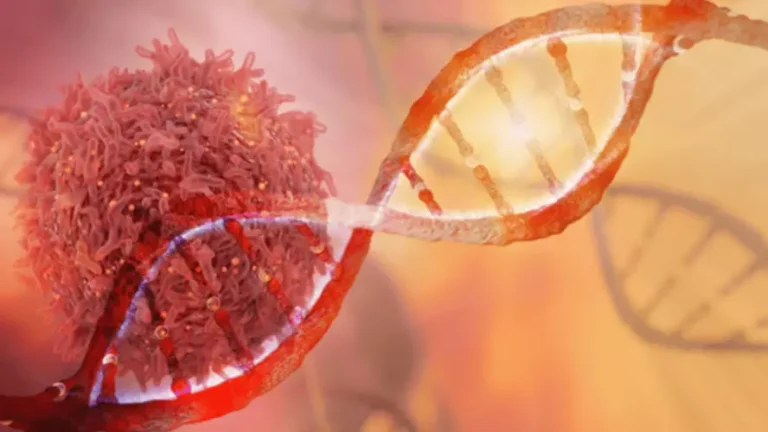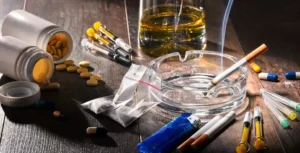
This is no different in humans; it’s the reason why we partake in more than one helping of cake. People with low levels of dopamine may be more prone to addiction; a person seeking pleasure via drugs or alcohol or food needs higher and higher levels of dopamine. As the VTA is a major nucleus of dopamine cell bodies, we explicitly assessed changes in connectivity with the VTA induced by depletion of dopamine precursors. Marco Leyton, a professor and addiction researcher at McGill University’s Department of Psychiatry, said in a 2013 press release that participants more at risk for developing alcoholism had “an unusually large brain dopamine response” when they took a drink. A clear benefit to using Drosophila as a model system is its genetic tractability and simplicity.
Is moderate drinking heart-healthy?
Understanding the neuromolecular targets of alcohol and how they are altered is critical to the development of novel AUD treatment strategies. In summary, MRI studies have offered invaluable insight into the effects of alcohol and have typically found a loss of volume and reduced myelination throughout the brain. The findings described here fit the notion that alcohol affects healthy brain aging and this effect becomes more pronounced with higher levels of consumption. It also suggests that there may be a greater vulnerability to the effects of alcohol on brain health with old age. The impact of alcohol can be observed early on, moderate to heavy drinking during adolescence leads to observable differences to non-drinkers, but this is further confounded by risk factors to unhealthy drinking patterns and alcohol dependence. However, though MRI research will be important in advancing our understanding of the impact of alcohol on the brain we cannot infer harm solely from alterations to brain structure.

Drug effects on choice behaviour
- These changes are particularly pronounced following repeated exposure to alcohol and were proposed to regulate sensitization [38].
- Though evidence in white matter is limited, it does suggest a similar pattern of recovery with abstinence exists [26,27].
- Furthermore, I would like to state that no financial aid in any form was received for undertaking this work.
- Binge alcohol administration in adolescent rats established microglial proliferation and morphological changes [90].
- Thus, an alcohol-induced increase in adenosine levels might be responsible for part of alcohol’s sedative actions.
- Although there exists promising preclinical results, the majority of placebo‐controlled randomized clinical trials with traditional dopamine antagonists and agonists have so far have been discouraging.
With regards to the VTA, both in vitro and in vivo studies show that alcohol increases the firing of dopamine neurons in the VTA projecting to NAc [75–79, 40]. Similarly, in a situation of synaptic transmission blockade, alcohol has been found to increase the firing of dissociated VTA dopamine neurons [76, 77] implying that alcohol activates ventral tegmental dopamine neurons independent of afferent signalling. Furthermore, studies with intra‐VTA alcohol infusions highlight that different subregions within the heterogeneous VTA might have different ability to modulate the alcohol‐induced dopamine response.
Is Dopamine Addiction Possible?
Slowly over a period of time, the person craves more of the drug, to achieve the same kind of high as earlier. He thus starts consuming more and more alcohol until a point comes when normal brain chemistry simply cannot function without alcohol. As an example of the kind of brain chemistry changes which take place, the following image shows the brain scan of a methamphetamine addict and a non-addict [Figure 1]. PsychiatryOnline subscription options offer access to the DSM-5-TR® library, books, journals, CME, and patient resources.
For more information about PLOS Subject Areas, click
- It was identified serendipitously in the 1950s when Olds and Milner found that rats self‐administer electrical currents into certain specific brain regions [9].
- In addition, one of the latest studies on this pathway found an association between a polymorphism in the promoter of a glutamate receptor subunit gene and alcoholism.
- As previously mentioned, thiamine is an essential cofactor required for the synthesis and function of several essential enzymes.
- Stressful childhoods and Dark Triad traits are linked to conspiracy beliefs, suggesting these mindsets might be adaptive responses shaped by early life adversity, according to new research.
- (e) In contrast, the softmax inverse temperature β is reduced by biperiden, indicating more stochastic choices.
In addition to using KCN expression to control neuronal silencing, flies also afford a model in which to study the role of KCN modulation by ethanol. FMRI studies have allowed us to identify the effects of alcohol use and dependence on brain alcohol and dopamine function as well as vulnerability to heavy use. Typically, exposure to alcohol sensitizes the reward system to alcohol related cues, interferes with the processing of non-drug reward, increases impulsivity, and disrupts emotional regulation.
Researchers connect entrepreneurship to cognitive flexibility and brain structure
In this chapter, neurobehavioral effects of both acute and chronic alcohol exposure are described. In addition, some recent advancements in biomedical research are introduced with reference to hepatic and cardiovascular influences of alcohol, factors relevant to the development of alcohol dependence, and biological targets for the treatment of alcohol dependence. To our knowledge, there has been no study so far that tested the impact of dopaminergic and cholinergic manipulations on both aspects of cost-benefit decision-making in 1 single experiment. To fill this gap, we investigated the effects of 2 drugs, haloperidol and biperiden, that selectively block either dopamine D2-like or muscarinic M1 acetylcholine receptors in human participants performing 2 decision-making tasks involving effort- and delay-based decisions. First, we aimed to conceptually replicate the finding that dopamine D2 antagonists increase discounting of physical effort. Second, we aimed to assess the contribution of acetylcholine to cost-benefit decision-making and conceptually contrast it with the effects of dopamine.

While dopamine plays an important role in the body’s reward system, it isn’t solely responsible for addiction. A single transmitter alone isn’t what leads people to spend thousands of dollars in online gambling or stay up all night playing video games. Neurotransmitters have a wide assortment of functions, and dopamine’s function centers around the pleasure and reward areas of our brains. At times, though, we can get too focused on it or on specific activities that feel pleasurable to us. This is because we can get hooked on the good feelings we’re flooded with when we conduct pleasurable activities.
Neurotransmitters in alcoholism: A review of neurobiological and genetic studies

In addition to thiamine-deficiency and acetaldehyde related toxicity, alcohol can also cause damage via peripheral and neuro-inflammatory mechanisms. Studies in rodents have demonstrated that alcohol stimulates intestinal inflammation by irritating the stomach and gut, causing the release of the nuclear protein high-mobility group box 1 (HMGB1), which subsequently activate Toll-like receptor 4 (TLR4) and makes the gut “leaky” [80]. This makes alcohol and endotoxins more likely to cross the lining of the gut and travel via the circulation to the liver.

- While alcohol is a relaxant and can make you feel good at first, chronic alcohol use can cause mental health issues.
- Many believe it trains your brain to avoid unpleasant experiences and seek out pleasurable ones.
- Alcohol dependence, a chronic relapsing psychiatric disorder, is a major cause of mortality and morbidity.
- Further analysis via RNA sequencing of isolated MB nuclei revealed that repeated alcohol-cue training caused lasting changes in the MB nuclear transcriptome.
- The involvement of the dopamine D1, D3, D4 and D5 receptors falls outside the scope of the present review but has previously been reviewed elsewhere [20].
- Stimulants that inhibit the actions of adenosine include caffeine as well as theophylline, a chemical found in tea.
- While drinking initially boosts a person’s dopamine levels, the brain adapts to the dopamine overload with continued alcohol use.
Young males who have experienced a traumatic event can develop lowlevels of MAO‑A expression (an enzyme that breaks down serotonin), and this decrease in MAO‑A levels correlates with an increase in antisocial behaviour, which is a risk factor for alcohol dependence. It doesn’t carry the same kind of stigma or social abhorrence which other drugs of abuse such as cocaine, methamphetamines, lysergic acid diethylamide (LSD) etc., carry. Alcohol is widely accepted in the society and consumed by everyone, young and the old alike, women and men included.
- Importantly, this was discovered by using task paradigms and computational models that were designed to distinguish between these different types of fatigue.
- This would again imply that the impact of alcohol consumption on brain structure is not limited to heavy alcohol consumption.
- Specifically, we administered haloperidol or biperiden, 2 drugs that selectively block either dopamine D2-like or muscarinic M1 acetylcholine receptors, respectively, and tested the effects on discounting a monetary reward as a function of either effort or delay.
